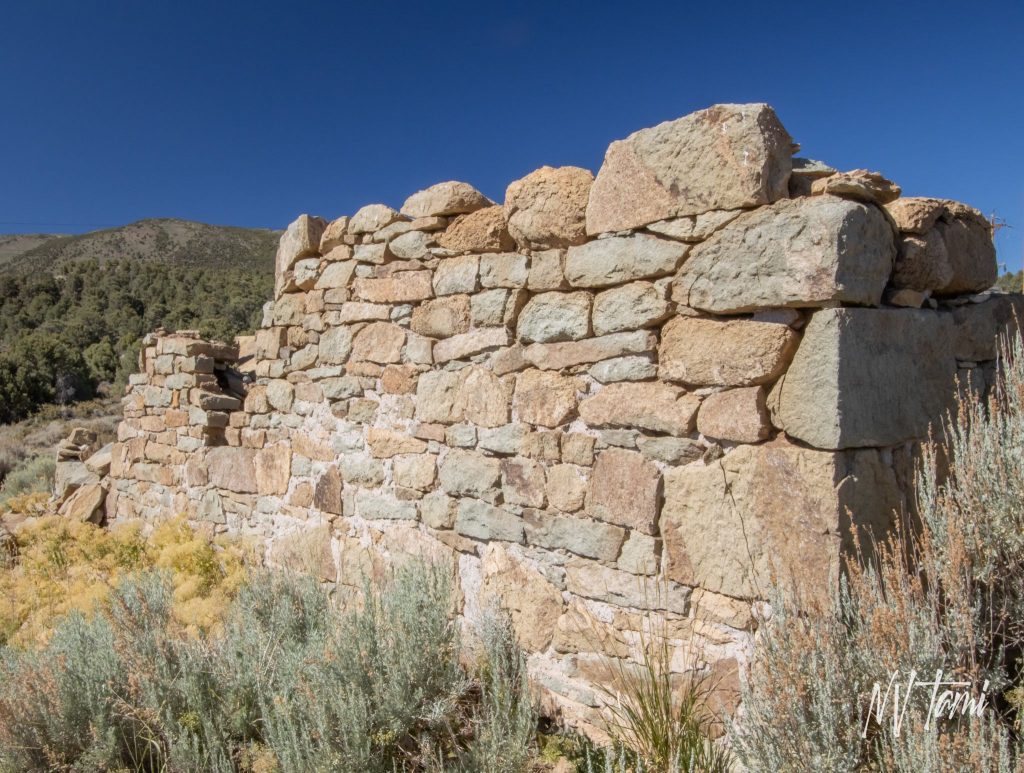
Gold was discovered 11 miles southeast of Dayton at the north end of the Pine Nut Mountains. The mining region was named Palmyra, after the ancient Syrian city. A minor rush began and soon Palmyra had 100 miners, saloon keepers and a few merchants. In 1861 a post office opened. The town grew to 400 residents with supporting businesses.
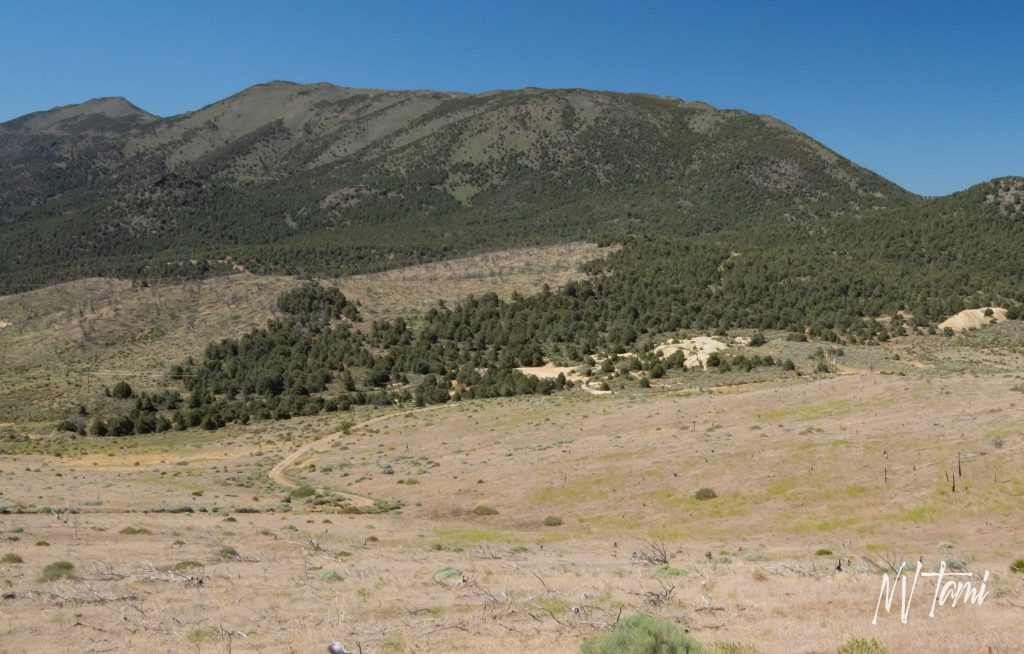
Promising ore veins were discovered in a cave half to one mile east of Palmyra. Most residents and businesses relocated in late 1862 to the new town of Como. Como held businesses ranging from dive saloons to the Cross Hotel which boasted carpeted sleeping rooms, meeting halls and parlor.
We were surprised in finding Como a flourishing Mining town, having in it four hotels, four dry-good stores, two livery stables, eight saloons, one brewery, besides a tin shop a blacksmith shop and numerous dwelling houses; they are also establishing a school and weekly news paper…the National Hotel; which as a first class house of refreshments is second to none this side the Sierra Nevada slope.
Sonoma County Democrat, March 19, 1863
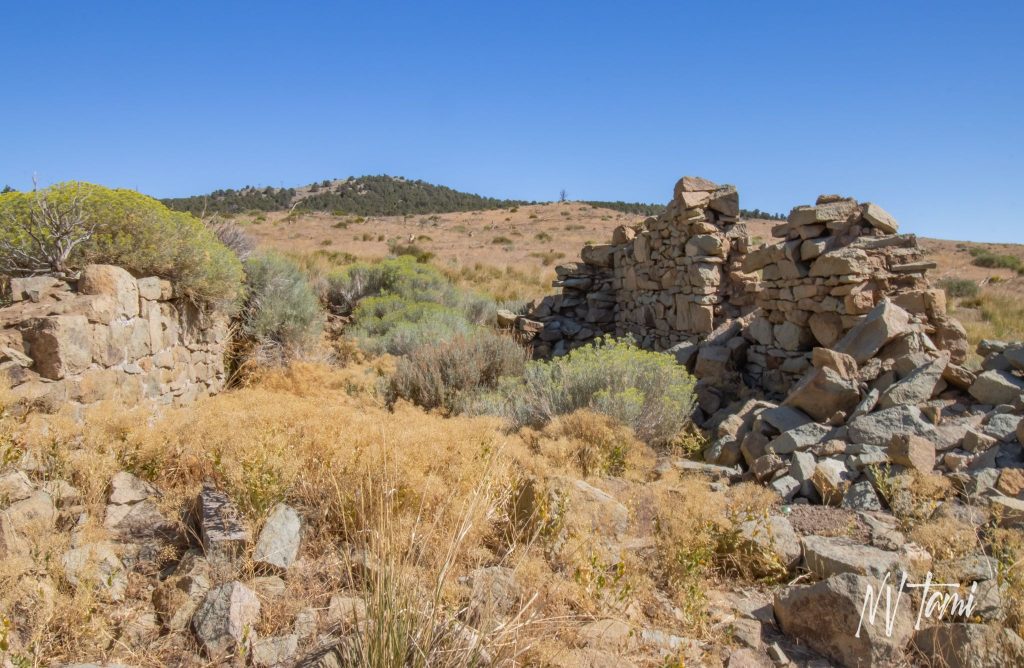
Como’s first rock mill arrived in 1863. It was a steam driven mill nicknamed “The Solomon Davis”. Smaller mines used horse powered whims.
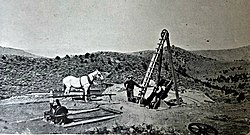
(Photo credit: Wikipedia)
J.D. Winters opened a small mill which closed a year later when the ore didn’t cover the construction costs. He moved to Gold Hill and became boss at the Yellow Jacket Mine, site of one of Nevada’s worst mining disasters in 1869.
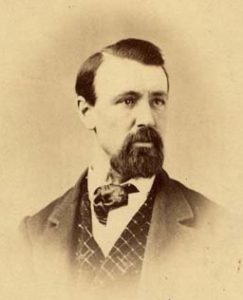
Alfred Doten: Writer, “Sagebrush School” Literati, Carpenter and Musician
(Photo credit: Wikipedia)
Alfred Doten was one of Como’s better-known residents. Doten was a reporter for the Como Sentinel, a carpenter and musician and headed six mining companies. He authored the Como Letters which were sent to the Comstock weekly and was a member of the “Sagebrush School” literary movement with his friends Mark Twain and Dan De Quille. While Doten was convinced Como was the next big strike, he died penniless in Carson City in 1903.
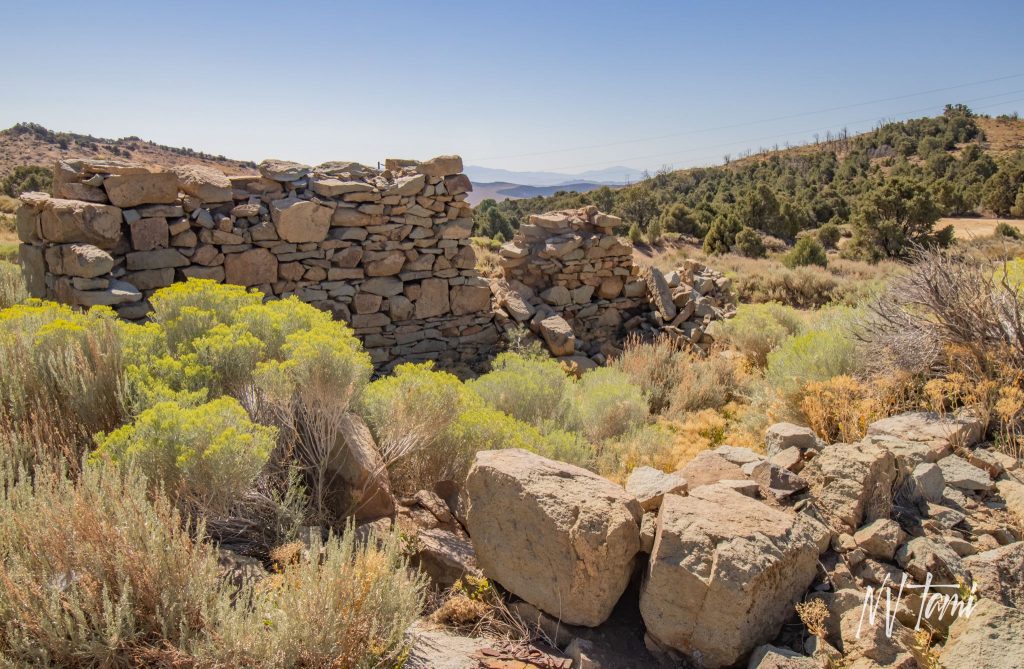
Some believed Como would flourish while Virginia City became a ghost town. By 1864 mines were playing out and in 1865 the town started to decline. The post office closed on January 3, 1881. Como had several minor revivals. The post office reopened from May 29, 1903 to February 28, 1905.
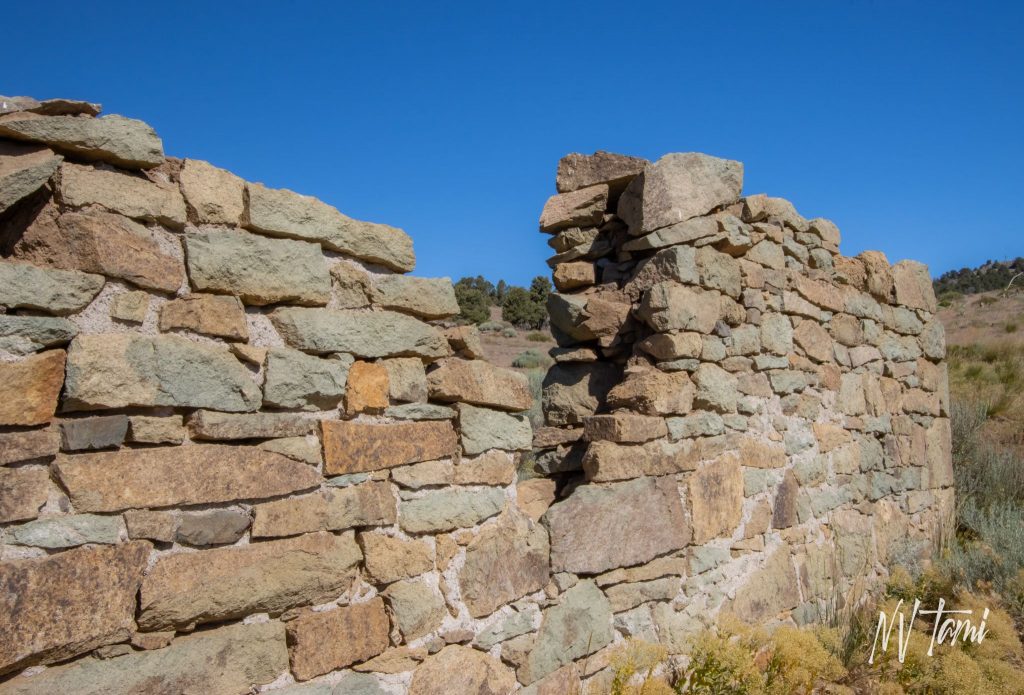
In 1936, speculators built a large mill. The mill was in operation a few days until it became apparent they missed a critical component, namely having suitable ore to process. Initial assay plans, from 1918-1920, placed the ore at over three times its true value.

The mine should be closed down immediately and all expense stopped as soon as possible.
July 18, 1936 Report on Property of Como Mines Company, Henry C. Carlisle

The lower mill was a flotation mill. This is the same process that is used at Chemung. Crushed ore was added to tanks containing pine and other oils. Air was bubbled from below and created a froth to which the gold stuck. Canvas covered wheels rotated which collected and dried the gold bubbles.
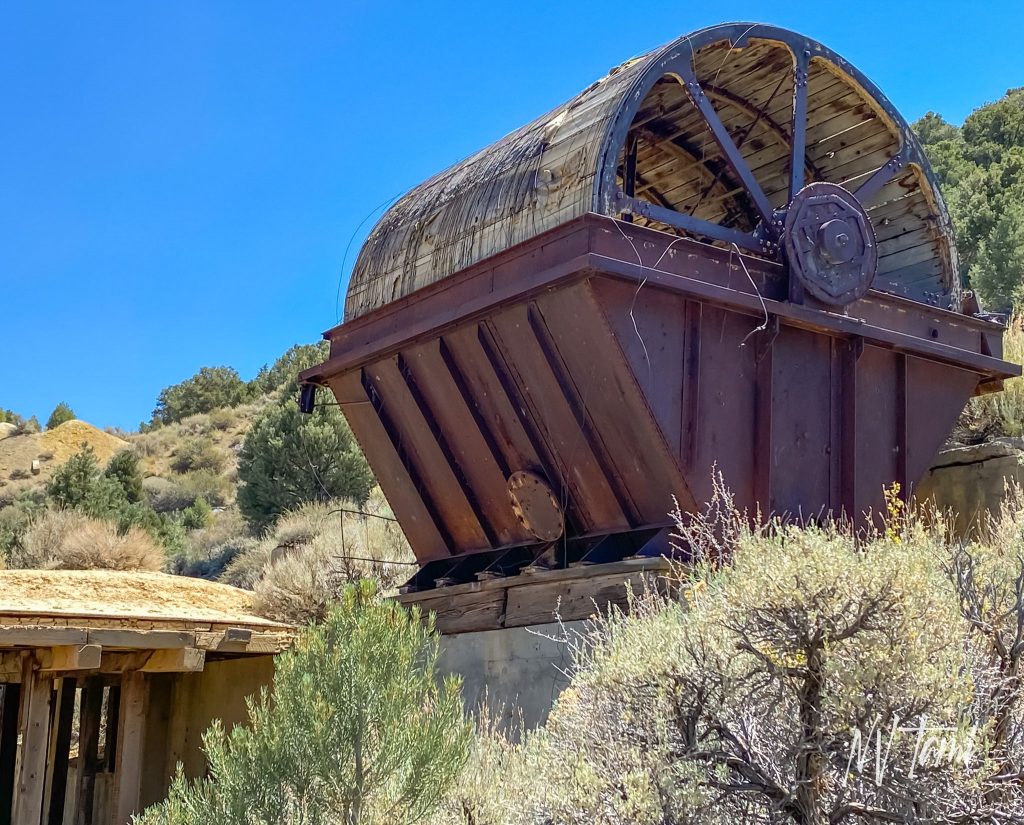

There are few remnants of Como. A stone wall of the Como post office watches over the town’s scattering of foundations and cellars. Foundations and building debris are across the street from the Post Office. A brush fire swept over the site years ago. A second mill is several miles north towards Dayton and has significant remains.
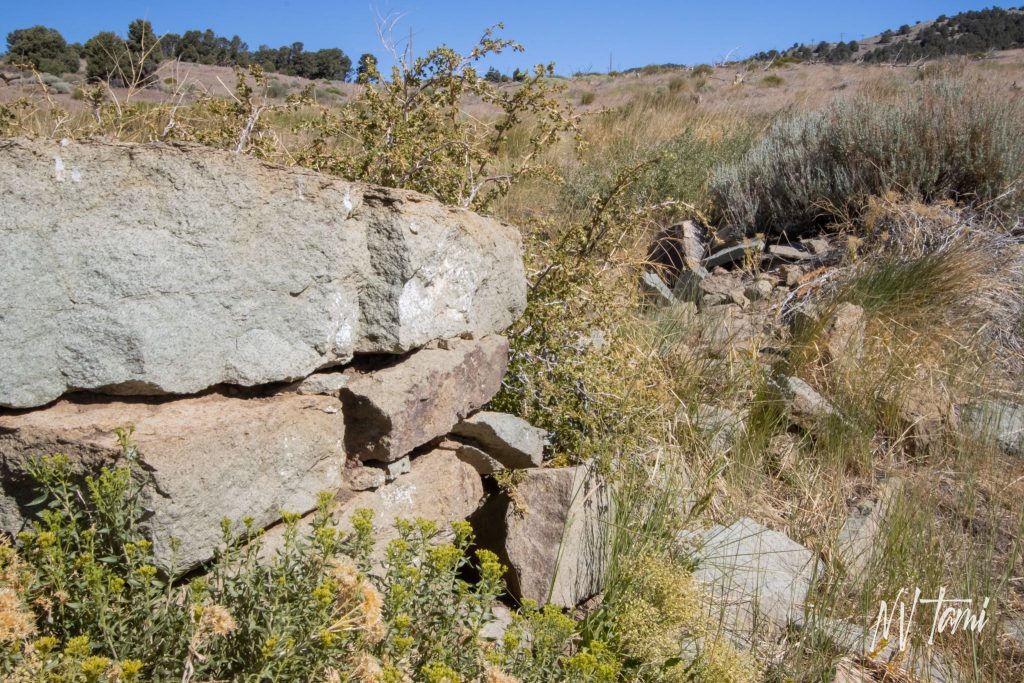

On our first visit to Como we continued south on Como Road to Smith Valley and Hind’s Hot Springs. The route follows the historic freight wagon road from Dayton to Aurora and Bodie. This stretch is slow going, being rocky and rough.
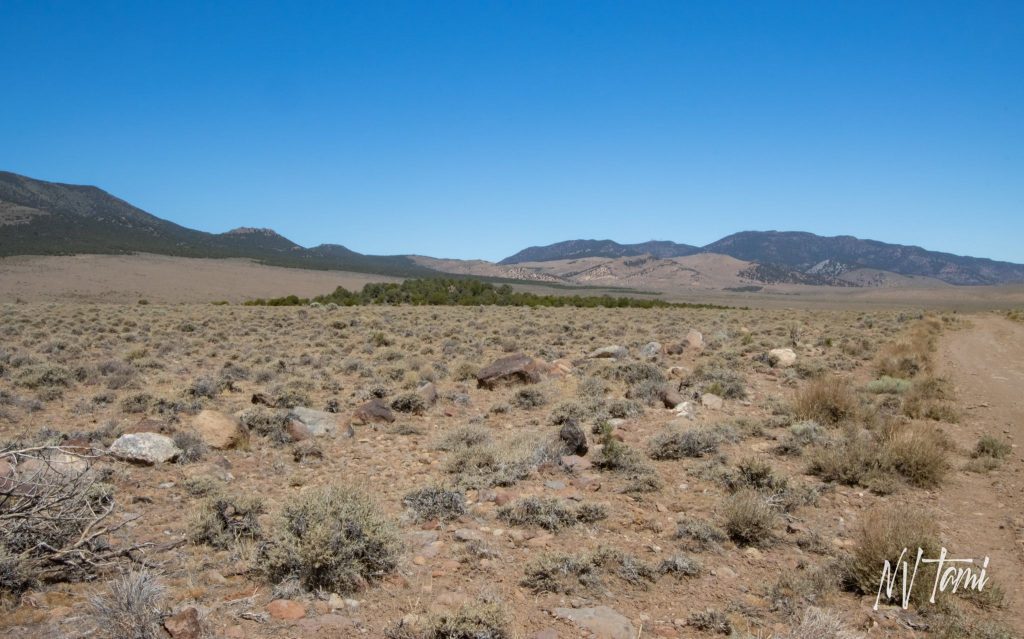
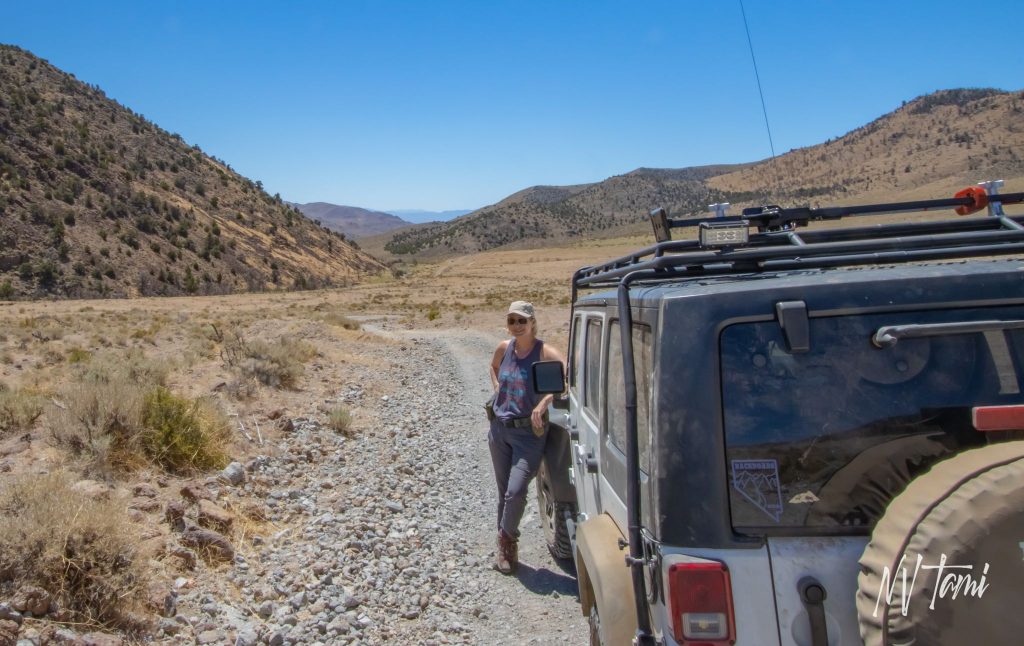
I was surprised to see no signs of stations along the road. Perhaps time has claimed them. Our efforts were rewarded with a beautiful canyon creek at lunch and the remains of a miner’s shack I named Como Road Miner’s Cabin.
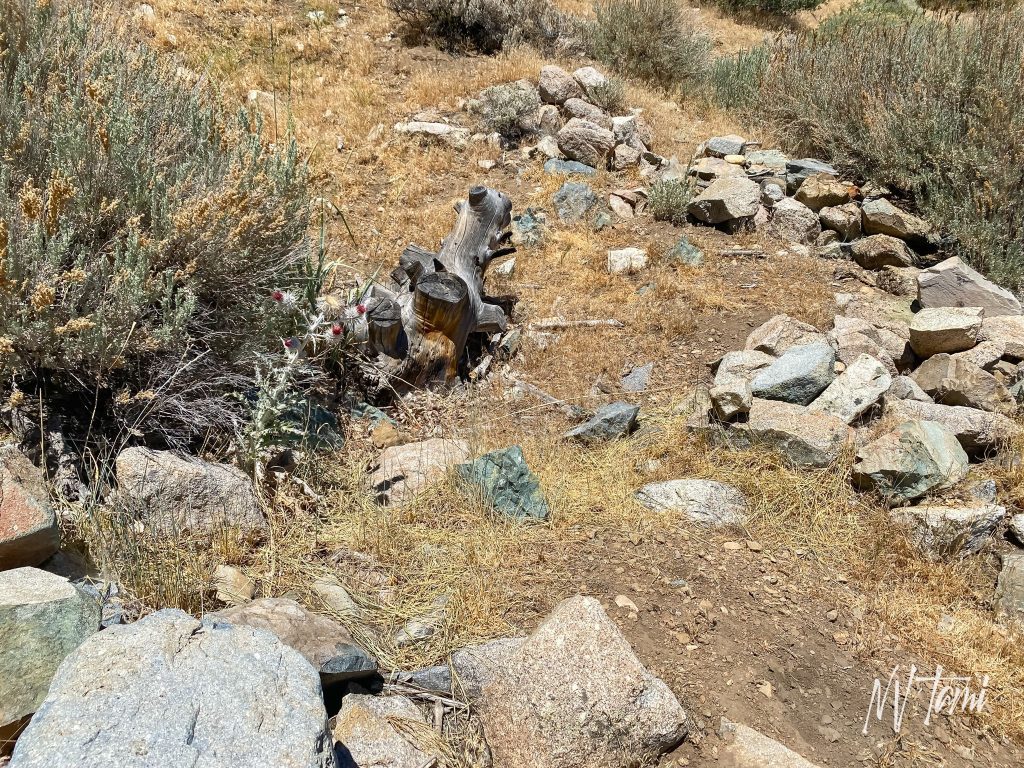
We went back a few weeks later as we missed the flotation mill the first trip. This trip we also visited Pony Meadows Mine and “Como Bert’s Cabin”.
Visited 7-13-2020, 8-2-2020
References
- Forgotten Nevada: Como
- Ghost Towns: Como Nevada
- Nation, Nyle. The Pine Nut Chronicle: The History and Adventures of Mining in Douglas County Nevada. Pine Nut Press, 2000. Pages 42.
- Massey et al. Nevada Trails: Western Region. APC Publishing, 2016. Pages 214-220.
- Lincoln, Francis Church. Mining Districts and Mineral Resources of Nevada. Stanley Paher, 1982. Pages 129-130.
- Paher, Stanley. Nevada Ghost Towns and Mining Camps. Nevada Publications, 1970. Page 71-75.
- Wikipedia: Alfred Doten
- Wikipedia: Como, Nevada



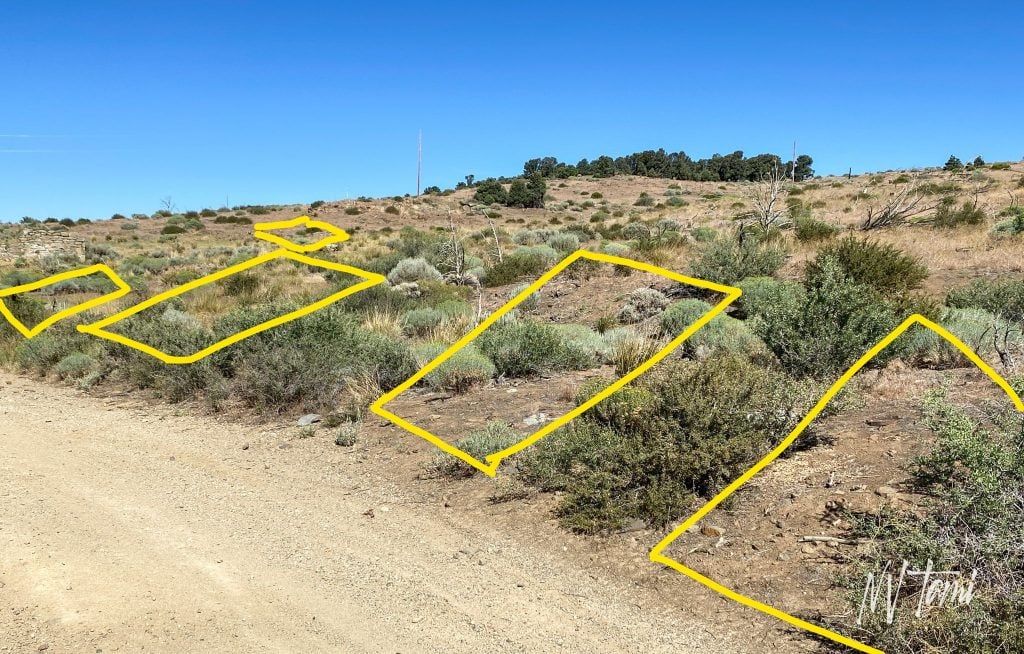
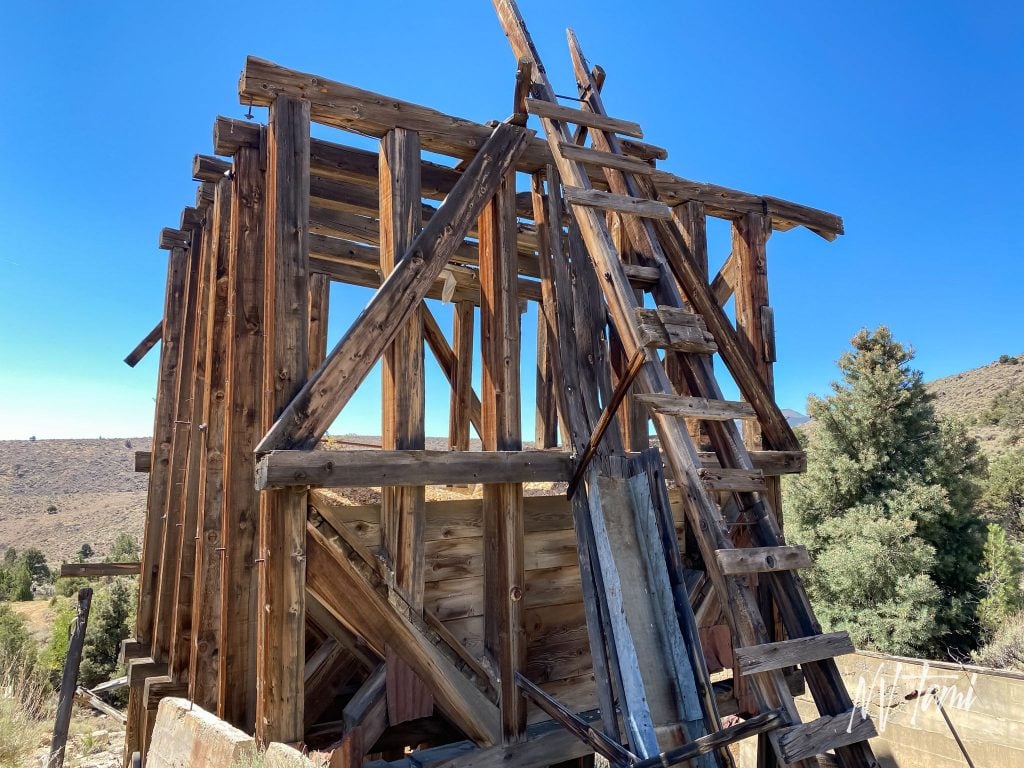

Rex Brazell says
Hi Tami;
Do you know where I can find a good map or good directions to Como from the Campbell lane Gallagher pass area west of Yerington? I have been out there a couple of times with directions from Google maps but too many roads, pretty confusing.
Thanks, Rex
Tami says
I am still learning the pluses and minuses of the navigating systems. I was working on Google Earth Pro this morning (the app, not the online version). It seemed to work really well, and you could see the roads on a map or satellite layer. I mapped my trip on that, then exported to Gaia GPS. From there I can see it on my phone or sync with a tablet.
I know the area you are talking about and it is like a spaghetti bowl with roads going everywhere.
Anonymous says
I found my way there today. Do you know if a map of the town exists?
Tami says
I list all the references I find, but new information is coming to light on many sites. I wouldn’t be surprised if a town plat existed somewhere.
Danno says
Hi Tami! Thank you for all the information. I’m new to Nevada and am planning a day trip to Como ruins from old Dayton. Looking for info on the roads leading to Como. Will I have any trouble with a stock f-250 getting in and out of Como? Thanks in advance
Tami says
I’m sorry for the delay, I was gone the last week.
Each vehicle and driver has different capabilities so I can’t judge your truck. It is not a technical or difficult drive though. I would have no concerns about taking my Dodge 3500 to Como. A few spots to Como Berts might be a little tight over the marshy area.
The road is rocky. Not boulders or rock crawling, just a lot of rocks. Last winter a friend was heading up and I warned him of the rocks. I asked two other friends who knew better about snow on the road. They both said it was clear, but to warn him the road was rocky. 😉
Lisa Suttor says
I live in yerington. Wood love to take a day to go see! How would I get there ?
Tami says
You can take Como Road from either Smith Valley or Dayton. Dayton is a lot shorter route, that is how I would go. Both ways are notorious for being rocky. I have taken the road connecting them, but it is an all day thing.
If you go also check out Pony Meadows Mill and Como Berts Cabin. https://nvtami.com/index.php/2020/08/07/pony-meadows-mill-como-berts-cabin/
Trey Shumard says
Hi Tami,
We’re thinking about heading to Como next weekend. Since you live relatively close, I was wondering if you had any idea on what the road conditions might be? The snow map doesn’t show much, any idea if mud is a big problem in the area? Thanks!
Tami says
I haven’t been up there lately. I would think the snow would be gone, but not sure about mud. The section to Como Berts can get sloppy. The one thing I can guarantee is that it will be rocky!